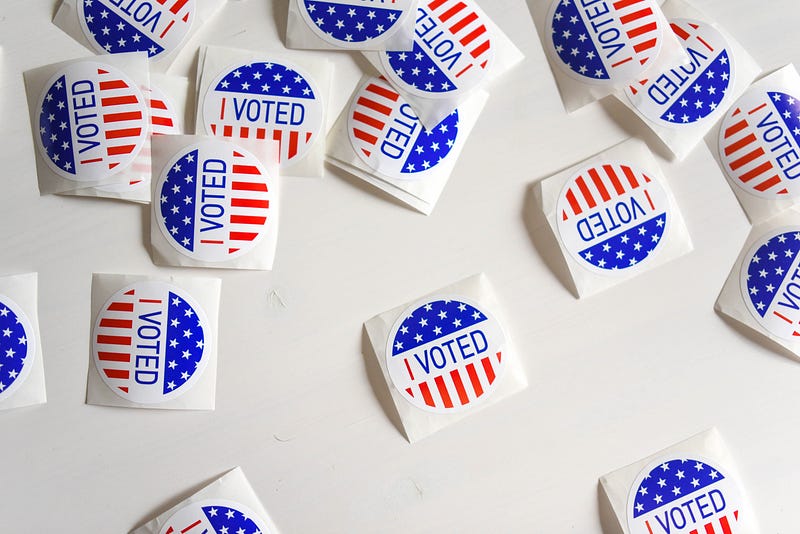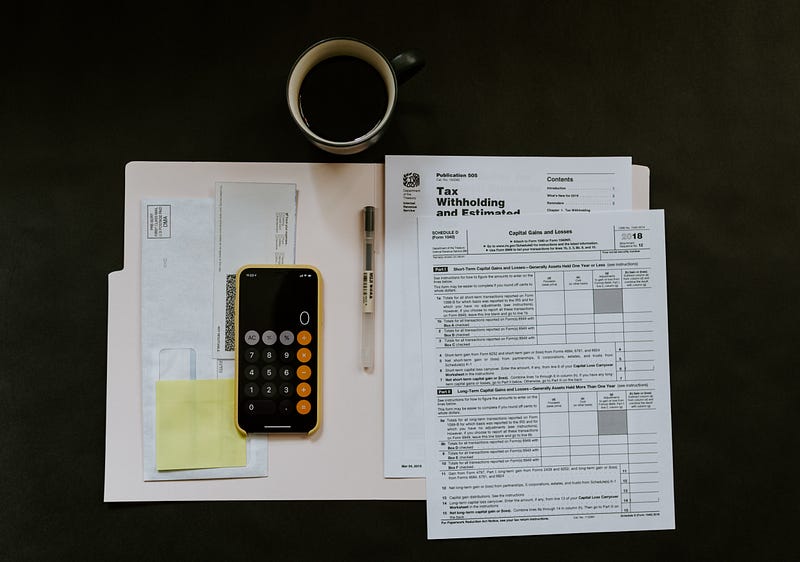A Discussion of Oliver DeMille’s 1913 Chapter 4 “World-Shifting Event #3: The Federal Reserve”
Few people today know any way the banking system could be run other than by having a privately owned central bank like the Federal Reserve we have in the U.S. In fact, the Fed is really the Third National Bank of the United States.
The first two were early in our history and surrounded by controversy.
History of The First Two National Banks of the United States
Once the US Constitution replaced the Articles of Confederation in 1789, the George Washington administration had to figure out how to make the country work.
Alexander Hamilton as Treasury Secretary thought a national bank was imperative, at least as an emergency measure, to give confidence to foreign nations and investors. (p. 48)
Not all agreed with this centralization of capital, but Hamilton prevailed and the First Bank of the United States was granted a 20 year charter.
It was set up to take on the states revolutionary war debt, and it would be 20% owned by the US government and 80% from private investors.
Some say that Hamilton was right because the economy did stabilize and had access to credit. However, others argued that it was the Constitution itself that was the source of the success.
The Constitution included a clause in Article 1 that said it would honor all debts incurred during the Articles of Confederation. At the time, when governments reorganized, it was typical to renege on previous debts. (p. 48) This then could have been the reason creditors were more comfortable with the new country.
By 1811 the debt was paid off and the vote by Congress to renew the charter lost by one vote.
Over the next five years, debt grew again due to war, this time the War of 1812. And states were issuing their own currencies, even though the Constitution prohibited that. When some stopped redeeming their state currencies in gold, the resulting chaos and the mounting war debt were enough to sway public opinion towards chartering the Second Bank of the United States. (p. 58)
It was structured similarly to the first one and in many ways was successful. However, President Andrew Jackson saw the potential for corruption and the centralization of power in the hands of bankers as too dangerous to permit.
He prevailed and its charter was not renewed.
Do We Need a Central Bank?
Critics focus on the danger of centralizing power over the financial system and the likelihood of corruption.
But proponents point to the needs of a financial system. DeMille summarized some of their arguments.
- If there is not a central bank issuing a national currency, then private banks can each issue their own. (p. 50)
- Not knowing how trustworthy each bank’s currency is may lead to some banks not accepting other banks’ currencies causing chaos for the people. (p. 50)
- As a result, business activity will be harmed, credit will be less, and lower investment spending leads to slower growth. (p. 50)
- Finally, it could be considered helpful to have a bank granted special permission to be the government’s bank so it could give low interest loans during times of war or other challenges. (p. 50)
But Jefferson, Madison, and other critics of a national bank pointed out that all of these problems could be addressed without a national bank simply by requiring all currencies to be redeemable in gold or silver. Indeed, the framers anticipated this when they wrote in the original draft of the Constitution that the Congress would have the authority to “emit bills of credit.” This was discussed and taken out because the framers were deeply concerned with governments and others debasing currency. (p. 51)
Debasing the currency could be done by mixing in lesser valued metals into a gold or silver coin or even just printing fiat money, our current system. So concerned with debasing currency were the framers, DeMille says the 1792 Coinage Act made it a crime punishable by death. (p. 52)
DeMille explains there are four potential types of currency. (p. 52–53)
- Gold or silver, this is sound currency.
- Bills of credit: paper money that can be turned into the bank or government for a set amount of gold or silver. This should be sound currency as long as each paper is backed by the metal.
- Debased money: either metal coins that have lesser valued metals mixed in or paper money that cannot be traded for the full value of metal it claims.
- Fiat money: paper money that is not backed by any metal.
If you did not know, we have the last one today. Such a system tends towards inequality because only those with savings can take their extra paper money and convert it into assets such as real estate, art, stocks, and other things that will hold their value against paper money that is losing value over time.
In short, fiat money benefits an aristocratic upper class and hurts the democratic tendencies of society. In contrast, sound money treats everyone equally by holding and often increasing in value regardless of economic ups and downs. The framers thought everyone’s wealth should increase during difficult times (and the rest of the time), and so they emphasized the vital necessity of sound money. (p. 55)
The framers had recent experience with fiat money. One of the main sources of frustration that led to the Constitutional Convention in 1787 and ultimately our constitution two years later, was the economic depression caused by fiat money printed to finance the Revolutionary War. (p. 56)
Thus, they removed the authority “to emit bills of credit” because they only trusted the sound money of gold.
The Federal Reserve
After the charter for the Second Bank of the United States expired, the states once again issued various debased and fiat currencies, and the national government did little to stop it. (p. 58) This time period from 1837 to 1863 would be a good period to investigate for those wanting to end the Fed today.
A couple of banks stepped up to fill real market needs, such as clearing checks, exchanging notes, and providing discipline to banks printing too many notes.
However, the federal government had to increase its spending during the Civil War and ended up issuing a fiat currency called greenbacks. They quickly lost value, dropping to only 35 cents in value. (p. 59) People sought to spend these and hoard their actual gold. This was an example of “bad money driving out good money.”
By 1878, Congress actually agreed to honor the greenbacks with gold, putting the US on the gold standard up to 1933 when FDR ended it.
The gold standard, like any fixed exchange rate, causes big price swings — periods of inflation and deflation. Combined with insufficient banking protections, periods of economic stress often led to banking crises with runs on the bank. Today, we have deposit insurance if a bank fails. Back then, you could lose all your savings.
A crisis roughly each decade after the Civil War increased public interest in a new central bank.
The Federal Reserve Act was signed in 1913 creating what could have been called the Third Bank of the United States. This version is privately owned by various banks.
It started issuing bills of credit — paper money backed by gold — until the gold standard ended in 1933. At that time it began to adopt the role of managing the monetary policy it is so known for today.
Consequences of the Third Turning Point
The “Jeffersonian style of limited government” ended in 1913 with these three turning points.
This battle between limited government, balanced budgets, and economic frugality on the one hand versus big government, printing more money, using inflationary debt to pay for government programs, and constantly increasing government spending on the other hand has raged throughout America’s history. Each time that the frugal philosophy has won for a while, it has been followed by a return to big spending. (p. 58)
With these three turning points, the battle was over. The spending side won.
The ability to directly tax citizens provided the ability to increases funds for the federal government.
The direct election of senators removed them as the original brake on spending and made both houses of Congress more interested in spending.
And now the Federal Reserve was in place to help manage more borrowing and printing of money.
That leaves just one more turning point to occur about twenty years later, “to open the floodgates of massive government spending.” (p 61)
Reference: DeMille, Oliver, 2012. “World-Shifting Event #3: The Federal Reserve” Chapter 4 of 1913, Obstacles Press, Inc., Flint, Michigan.




